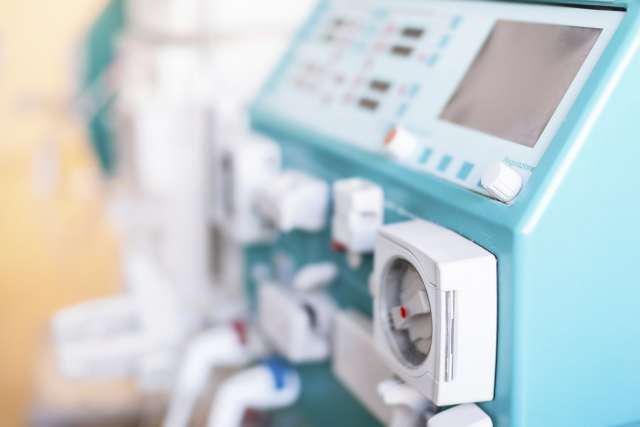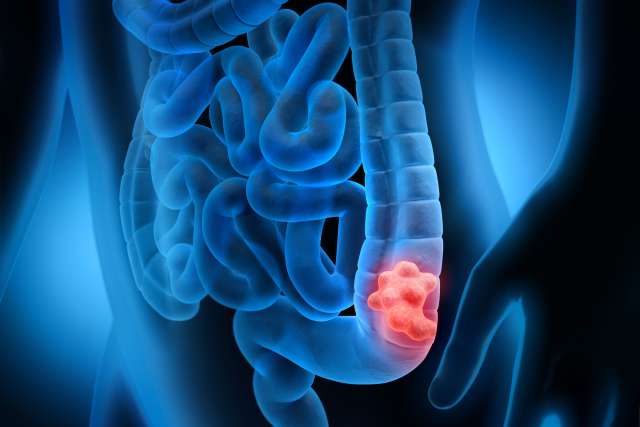Hello, dear readers, and welcome to our monthly letters column. Our inbox had a busy month, so we'll dive right in.
-- We recently wrote about acute compartment syndrome. It occurs when a serious injury, often a bone fracture, causes a buildup of pressure within a muscle. This impedes blood flow, which starves the muscle of oxygen and nutrients.
A reader wondered about the timing of treatment for this condition. "What happens if the diagnosis is not prompt?" they asked. "What are the procedures to make sure compartment syndrome is promptly diagnosed?"
Acute compartment syndrome is a medical emergency. Surgery is needed to release pressure and restore blood flow. Without timely treatment, acute compartment syndrome can lead to tissue death.
A milder form, known as external or chronic compartment syndrome, is associated with frequent, intense and repetitive exercise. It can sometimes be managed with rest and physical therapy. Diagnosis of either is based on symptoms that are present and may be confirmed with a compartment pressure test. X-rays and other scans may also be needed.
-- A column about styrene, a potentially noxious chemical found in foam food containers, led a reader to express her concerns. "I had a meal that was actually cooked in the Styrofoam container it came in," she wrote. "I believe the styrene combined with the food. Is that dangerous? Is there anything you can do to help the body eliminate the toxins quickly?"
Polystyrene foam is considered safe for food use when it remains in a solid state. When heated to high temperatures, as in a microwave, the foam can liquify and styrene can leach into food. Studies have linked extended exposure to styrene to genetic damage to white blood cells and to certain blood cancers.
The single exposure you described is unlikely to cause harm. Styrene exits the body via the urine. You can't speed up the rate at which this occurs, but staying hydrated ensures your body produces the urine needed to egest the chemical.
-- A column about research that linked exposure to scent with improved memory prompted several letters. In the study, an essential oil diffuser placed in participants' bedrooms released a series of scents throughout the night.
"Can you clarify which scents, if any, were considered to be most beneficial?" a reader asked. "I would like to incorporate this in my sleep routine, as I can see no potential harm."
The scents in the study were rosemary, eucalyptus, lavender, lemon, orange, peppermint and rose. Because they were used in rotation, none was singled out as superior. The results suggest it is the act of stimulating the scent centers of the brain, regardless of the source, that has a positive effect.
-- We continue to hear from readers asking for more information about research into the use of stem cells to manage Type 1 diabetes. It is available at the National Institutes of Health's website at stemcells.nih.gov/clinical-trial-info.
Thank you, as always, for your letters. We appreciate your kind words and are glad to know you find the columns informative and helpful.
(Send your questions to [email protected], or write: Ask the Doctors, c/o UCLA Health Sciences Media Relations, 10960 Wilshire Blvd., Suite 1955, Los Angeles, CA, 90024. Owing to the volume of mail, personal replies cannot be provided.)





